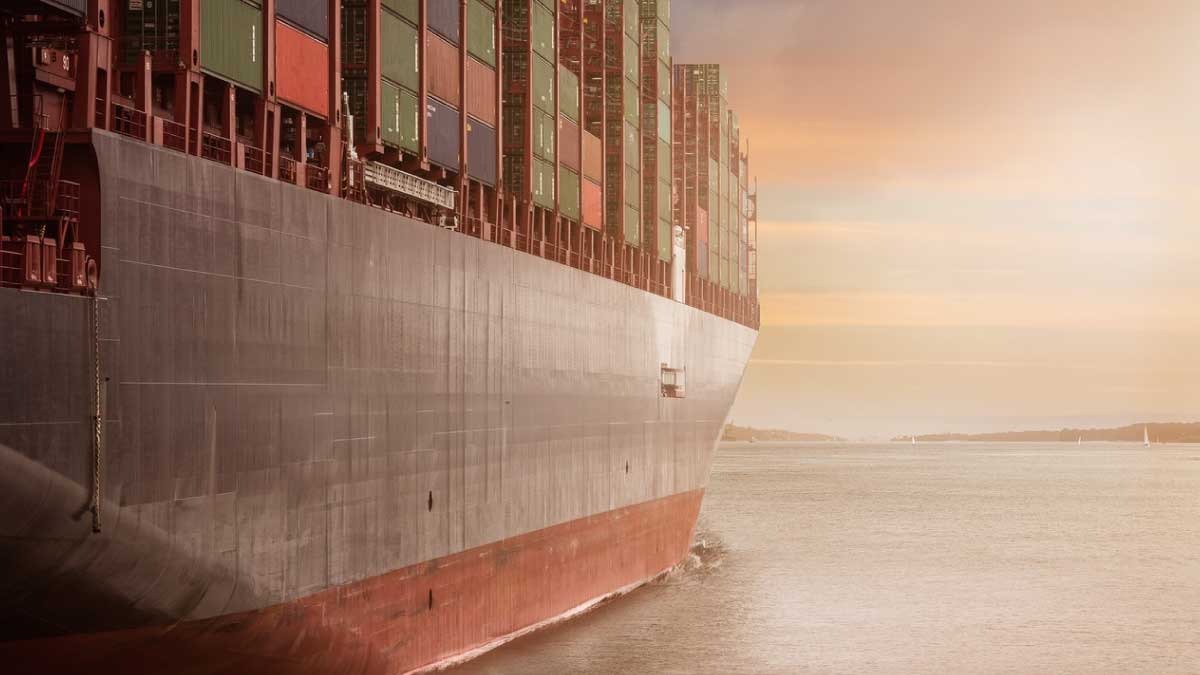
Why is Norway a major shipping nation?
Norway is a small country with a population of only 5.4 million, but it has a long and proud history of seafaring and maritime activities. Norway is currently the world’s fourth largest shipping nation, measured by the value of its merchant fleet, and it has a leading position in several segments of the maritime industry, such as offshore, fishing, and shipbuilding. How did Norway achieve this status, and what are the factors that contribute to its success?
A Rich Maritime Heritage
Norway’s maritime tradition dates back to the prehistoric times, when the first settlers arrived by boat and used the sea as a source of food and trade. The Vikings, who were famous for their exploration and conquests, were also skilled sailors and shipbuilders, and they used their longships to travel across the North Atlantic and beyond. Norway’s coastline, which is the longest in Europe and has thousands of islands and fjords, also shaped the country’s maritime culture and identity.
A Strategic Location and Natural Resources
Norway’s geographical position gives it access to some of the most important sea routes in the world, such as the North Sea, the Baltic Sea, and the Arctic Ocean. Norway is also blessed with abundant natural resources, such as oil, gas, fish, and hydropower, which have been the main drivers of its economic growth and development. Norway is one of the world’s largest oil and gas producers, and it is the world’s second largest exporter of fish and seafood. These industries rely heavily on maritime transport and services, and they have stimulated the demand for specialized vessels and equipment.
According to the Norwegian Shipowners’ Association, Norway’s maritime industry generated a total value creation of NOK 283 billion ($32.6 billion) in 2020, of which NOK 175 billion ($20.2 billion) came from the offshore and ocean industries. The industry’s value creation amounted to 2.3% of mainland Norway’s GDP in 2022, a 0.8% increase from the early 2010s.
A Strong Maritime Cluster and Innovation
Norway has a well-developed and diversified maritime cluster, which consists of various actors, such as shipowners, shipyards, equipment suppliers, service providers, research institutions, and authorities. The cluster is characterized by a high degree of cooperation, competence, and innovation, and it has been able to adapt to changing market conditions and customer needs. Norway is a pioneer in developing and implementing green technologies and solutions, such as LNG, batteries, hydrogen, and wind-assisted propulsion, which aim to reduce the environmental impact of shipping and enhance its competitiveness.
Norway has more than 1,700 ocean-going ships under its control, of which 40% are registered in the Norwegian International Ship Register (NIS), and 60% are registered in foreign ship registers. Norway is especially strong in segments such as offshore service/specialty vessels, oil tankers, bulk carriers, chemical tankers, gas (LNG/LPG) tankers, car carriers, and cruise operations. Norway is also home to some of the world’s leading maritime equipment manufacturers, such as Kongsberg Maritime, Rolls-Royce Marine, and Ulstein Group.
A Supportive Policy Framework and International Influence
Norway has a supportive policy framework that promotes the development and growth of its maritime industry. The Norwegian government offers competitive and predictable tax and regulatory regimes, as well as various incentives and support schemes, for the maritime sector. Norway is also an active and influential player in the international maritime arena, and it participates in various organizations and forums, such as the International Maritime Organization (IMO), the European Union (EU), and the Arctic Council. Norway advocates for high standards of safety, security, and environmental protection, as well as fair and open trade, in the global maritime industry.
Norway’s national commitment to ecology and fighting climate change is reflected in its ambitious goal of making its fjords zero-emission zones by 2026, which means that any vessel wishing to enter into any port or harbor or enter any of the fjords, will need to be fully electric. Norway is also spearheading the development of zero-emission shipping, lobbying the IMO to ban fossil fuels by 2050. Norway has already launched several electric and hybrid vessels, such as the Ampere, the Future of the Fjords, and the Yara Birkeland.
Conclusion
Norway is a major shipping nation because of its rich maritime heritage, strategic location and natural resources, strong maritime cluster and innovation, and supportive policy framework and international influence. Norway’s maritime industry is a significant contributor to its economy and society, and it is a source of pride and identity for the Norwegian people. Norway is also a responsible and constructive partner in the global maritime community, and it strives to make shipping more sustainable and efficient.
